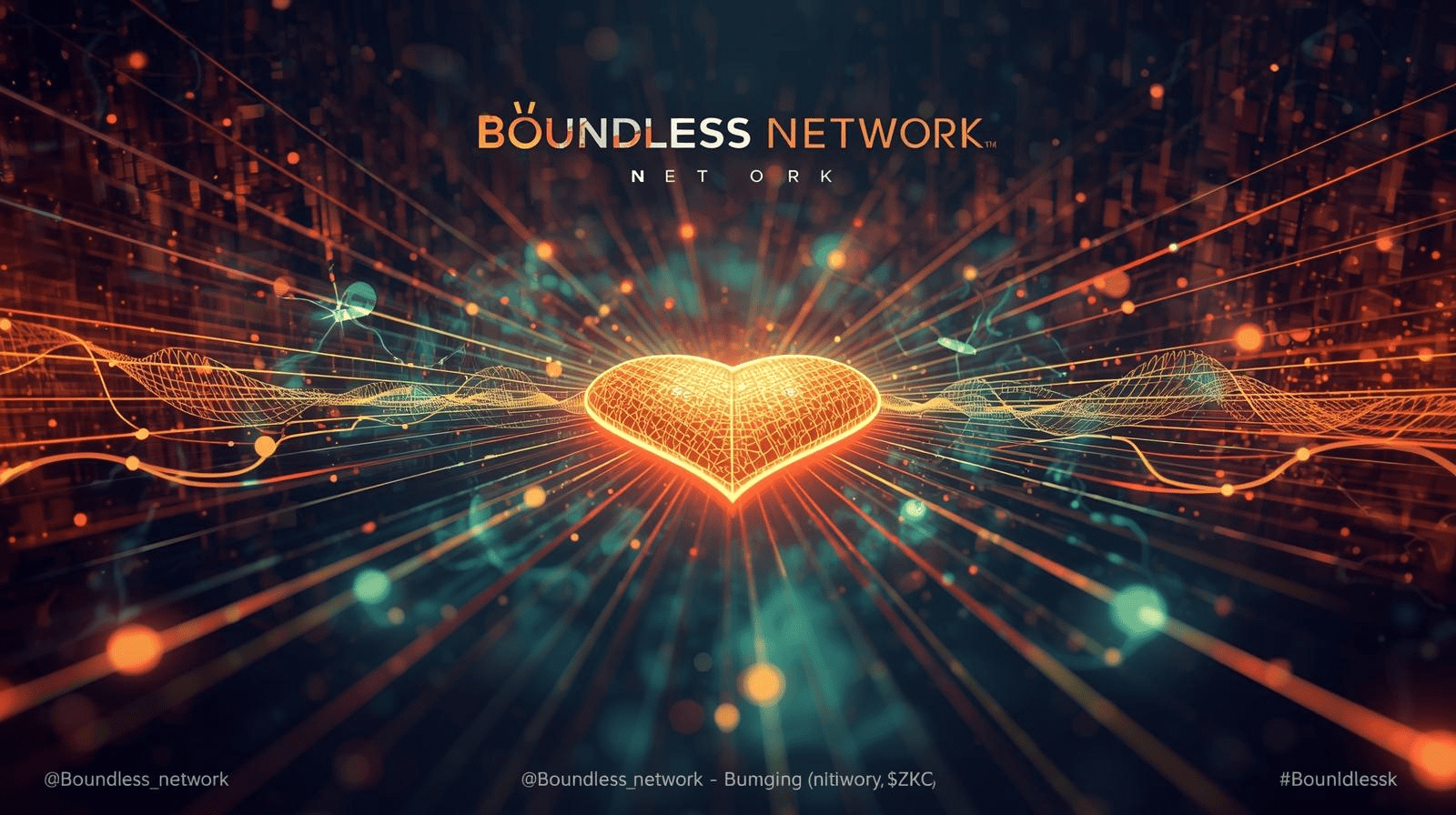On the global board of digital money, competition is no longer fought over speed or capitalization, but over who can connect better.
In that silent field where bridges are worth more than walls, Boundless Network emerges, a proposal that redefines the concept of liquidity and adoption in the multichain era.
The market has changed: interoperability is the new currency
For years, blockchains operated like islands. Each with its own ecosystem, its token, its language. But in practice, the global economy demands exchange, not isolation.
And it is there where Boundless Network becomes the protagonist: a system that allows moving value, data, and smart contracts between different chains, without relying on custodians or centralized intermediaries.
From an economic perspective, this capability reduces costs, increases efficiency, and frees liquidity trapped in multiple ecosystems.
The result: a more interconnected, fluid, and competitive crypto market, where each asset finds new routes to circulate.
Boundless and the opening of digital commerce
Imagine a merchant in Latin America using stablecoins on Polygon, a European company operating NFTs on Ethereum, and an Asian fund moving liquidity on BounceBit.
Until recently, those operations lived separately. Today, thanks to Boundless, those chains can communicate, transfer value, and share validated information in real-time.
This turns the project into a decentralized financial hub, capable of sustaining international exchanges without friction, and with it, opens the door to a new era of decentralized digital commerce.
Institutional adoption: the missing link

Financial institutions have observed the growth of the DeFi sector for years, but their entry has been cautious due to lack of interoperability and security.
Boundless Network introduces a model compliant with regulations, where assets can move between chains without losing traceability or risk control.
This not only attracts institutional capital, but also legitimizes the use of blockchain technology in traditional markets.
Large funds, banks, and corporations can now interact with Web3 ecosystems without needing to create infrastructure from scratch.
Boundless thus becomes a bridge between the traditional financial world and the decentralized universe, enhancing the global adoption of programmable money.
The new paradigm: collaboration over competition
The economy of the future will not be based on who has more users, but on who connects more networks.
The vision of Boundless Network is that each blockchain contributes its strength:
Ethereum on security, Polygon on speed, BounceBit on liquidity, and Boundless, its ability to unite them all under a single flow of trust.
In that synergy lies its economic power:
Developers reduce costs.
Users find more options.
Investors diversify risks.
And the ecosystem grows organically, driven by interoperability, efficiency, and collaboration.
Adoption, awareness, and evolution
As a trader, I have seen that markets behave just like networks: the more interconnected survive.
When a project like Boundless manages to integrate financial and human flows across continents, it creates more than just a blockchain: it creates a global economic infrastructure, based on digital trust.
Its impact is not only technical, it is philosophical and social.
It demonstrates that money—when flowing without borders—can become an instrument of equity and collective expansion.
Conclusion: the frontier dissolves
We are witnessing the transition from solitary blockchains to interoperable ecosystems, and Boundless Network is the catalyst for that change.
Where there was once competition, now there is collaboration.
Where capital used to fragment, it now integrates.
And where adoption was once a dream, it now becomes a measurable, quantifiable, and profitable reality.
Like, quote, and share to expand this vision.
I am NómadaCripto, exploring the future of money and digital consciousness.
